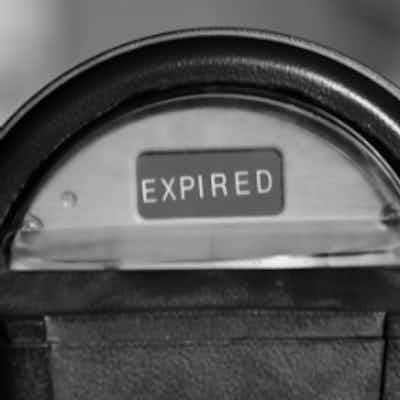So, my DPN has expired—what next?
The days of the Australian Taxation Office (ATO) laying idle in its debt recovery policy are all but over. The facts are the ATO is increasing the garnishee notices being issued; reporting overdue taxation debts with credit reporting agencies; and the current focus—issuing director penalty notices (DPNs) for corporate debt.
Many readers will be familiar with the two distinct DPNs that can impact a director. Firstly, a lockdown DPN for BAS and SGC liabilities where lodgment of the returns have not been made in time. As the name suggests, the penalty against the directors is automatic upon the ATO issuing the DPN. Secondly, the ATO may still issue a DPN on directors (non-lockdown DPN) for amounts that remain unpaid in circumstances where lodgment was made in time; but the director is given 21 days after the date the DPN is issued to action one of the following to avoid the personal liability:
The director may cause the company to pay the amount of the underlying debt to the ATO.
The director may appoint an administrator, liquidator, or small business restructuring practitioner to the company.
The director ignores the DPN, await court proceedings and file a defence.
Ample advice has recently been shared on how to avoid the personal liability of a DPN, but what is not so clear, is what you can or should do if the DPN has already expired.

So, what options are available to directors who are personally liable for the company’s taxation debts?
Paying the outstanding amount is clearly the direct solution; however, not realistic when financially constrained. If a repayment arrangement is negotiated and successfully completed then the debt is discharged, however this is often an avenue that has already been fully explored with the company often being insolvent itself.
In the face of a DPN, usually the director’s company has ceased trading and/or has no capacity to repay the liability; and their personal financial position is not sufficient to pay the liability in full. When confronted with this stress, relief options include:
Debt negotiation.
Debt agreements under Part IX of the Bankruptcy Act 1966.
Personal insolvency agreements under Part X of the Bankruptcy Act.
Bankruptcy.
While negotiating the debt from the company’s perspective may have been exhausted, scope to enter a compromise with the ATO on the personal front is restricted by the ATO’s guiding principles under Practice Statement Law Administration (PSLA 2011/3)[2]. These include—but are certainly not limited to—the Commissioner rejecting a compromise where:
the value offered is less than the value of the director’s net assets;
there is no benefit to the Commissioner beyond that which would flow from action taken under the Bankruptcy Act; or
where the only reason to support the offer of compromise is the tax debtor’s claim to hardship.
If negotiation is not an option, it may be time to consider the formal insolvency options under the Bankruptcy Act. For those with collective debts below $123,578 (current indexed threshold[3]) and who meet other qualifying criteria, they can propose to consolidate or compromise those debts with their creditors (including the ATO) to consider under Part IX (debt agreement) of the Bankruptcy Act. If accepted, the tax debt like all other debts in the agreement is discharged upon the debt agreement terms being successfully completed.
If collective debts exceed the above threshold or if ineligible for a Part IX debt agreement, a personal insolvency agreement under Part X of the Bankruptcy Act may also be an appropriate form of relief.
A personal insolvency agreement has no upper threshold for debts owing. In contrast to bankruptcy, these agreements would ordinarily provide for a better outcome for all stakeholders through the lens of better returns to creditors, avoiding the stigma and some of the bankruptcy restrictions. A personal insolvency agreement requires creditors to pass a special resolution: being a majority in number and over 75% of the dollar value of those creditors at the appropriate meeting to consider such a proposal.
It is no secret that debt is a leading contributor to stress and impairing mental health. This stress can be paralysing and often heightened by the fear of the unknown. Understanding the options available empowers people to take control of the situation and make the decisions that will influence their financial future. These steps can reduce immediate stress and provide a clear path to move forward.
Your local Worrells’ team is available with the sensitivity, experience, and information needed to support people to navigate the necessary steps to regain control over financial futures.
If you would like to discuss any issues you may be facing, contact us today.
Related articles:
March 2022: Director penalty notice regime affected by major change
January 2022: Tax debts arising from ATO audits
March 2020: Director penalty regime extended to GST, WET, and LCT
[1] Includes WET and LCT (wine equalisation tax; luxury car tax).
[2] https://www.ato.gov.au/law/view/document?DocID=PSR/PS20113/NAT/ATO/00001&PiT=99991231235958
[3] https://www.afsa.gov.au/insolvency/how-we-can-help/indexed-amounts-0




